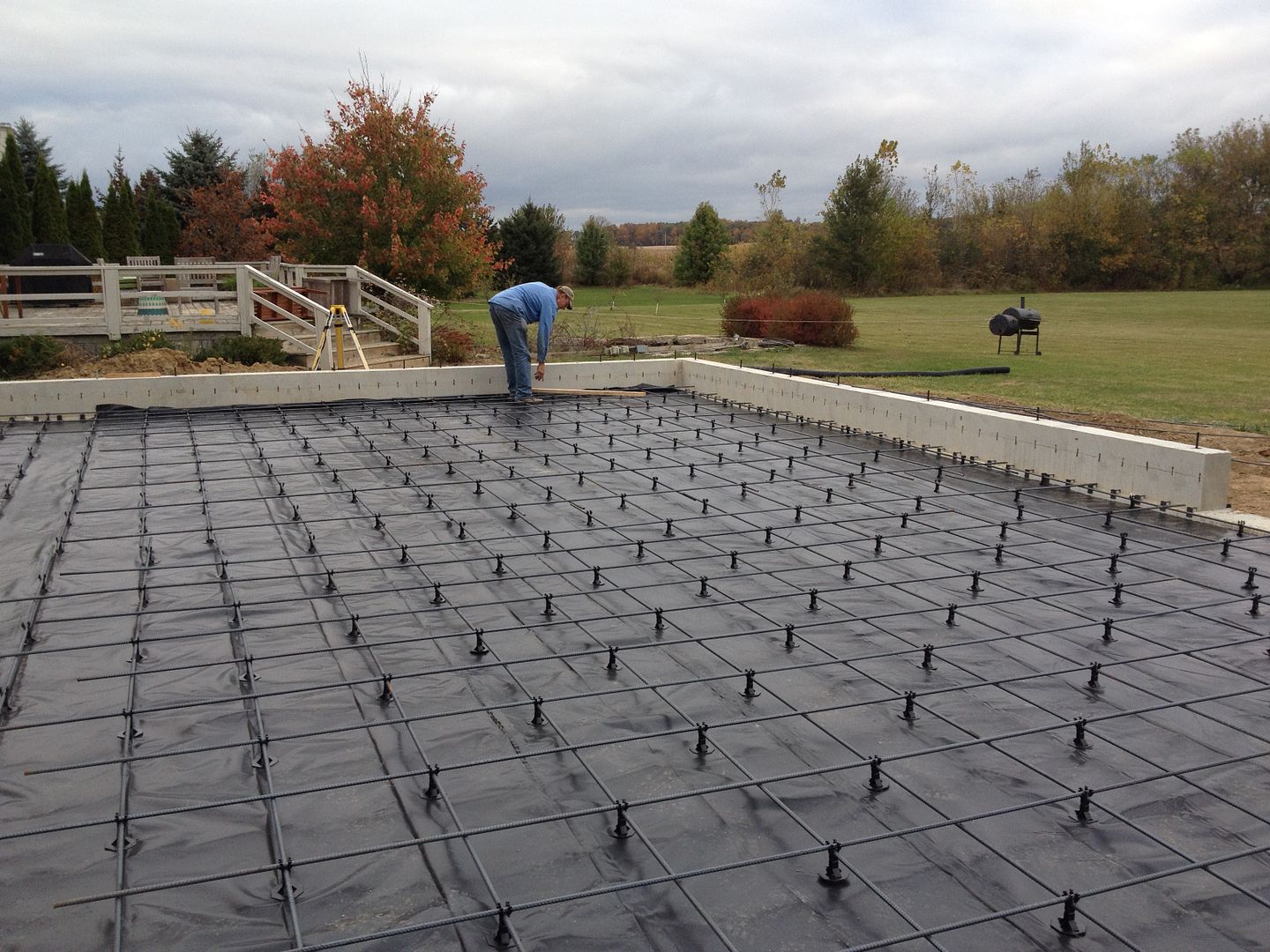bryan_machine
Diamond
- Joined
- Jun 16, 2006
- Location
- Near Seattle
My 8K boxcar special weighs 13K plus empty. 10K or 12K would be more. As note above several times whether it buckles is more about the subbase than anything else.
Follow along with the video below to see how to install our site as a web app on your home screen.
Note: This feature may not be available in some browsers.
I also put 1-3 feet of 3" minus under the slab. Packed it with a diesel vibe roller for an entire day and then let it sit for a year before I finally poured.
Wow! That's expensive. It's $120/yard here or if you got enough cash in your piggy bank you can get about 30% off that.

Anyone have access to a commercial concrete spec for reference, including finishing? I'd love to know how a Costco floor is spec'd. Every time I go I'm drooling over/on it...
 who built his own shop for something along these lines.
who built his own shop for something along these lines.


Is that link to your website? I thought so.You should probably take this question to the concrete contractors. Come on dude, it's not easy to choose concrete. If you choose it wrong then your floor's gonna be all cakey and unsmooth. Overall, just terrible. You certainly don't what that to be the first thing that is looked upon when people come over right? So just go to the professionals, they know the best. And Idk how many times I've said this but when it comes to building, please don't do it by yourself!
Notice
This website or its third-party tools process personal data (e.g. browsing data or IP addresses) and use cookies or other identifiers, which are necessary for its functioning and required to achieve the purposes illustrated in the cookie policy. To learn more, please refer to the cookie policy. In case of sale of your personal information, you may opt out by sending us an email via our Contact Us page. To find out more about the categories of personal information collected and the purposes for which such information will be used, please refer to our privacy policy. You accept the use of cookies or other identifiers by closing or dismissing this notice, by scrolling this page, by clicking a link or button or by continuing to browse otherwise.
